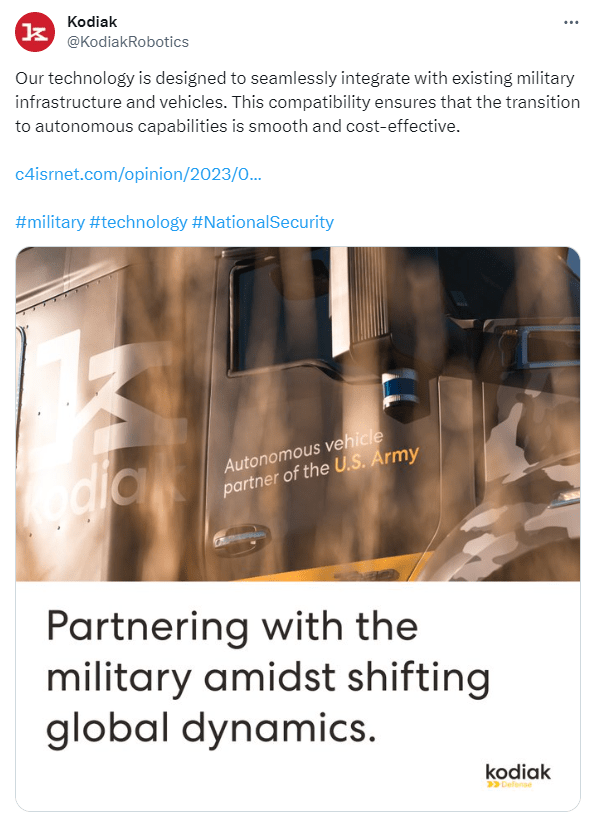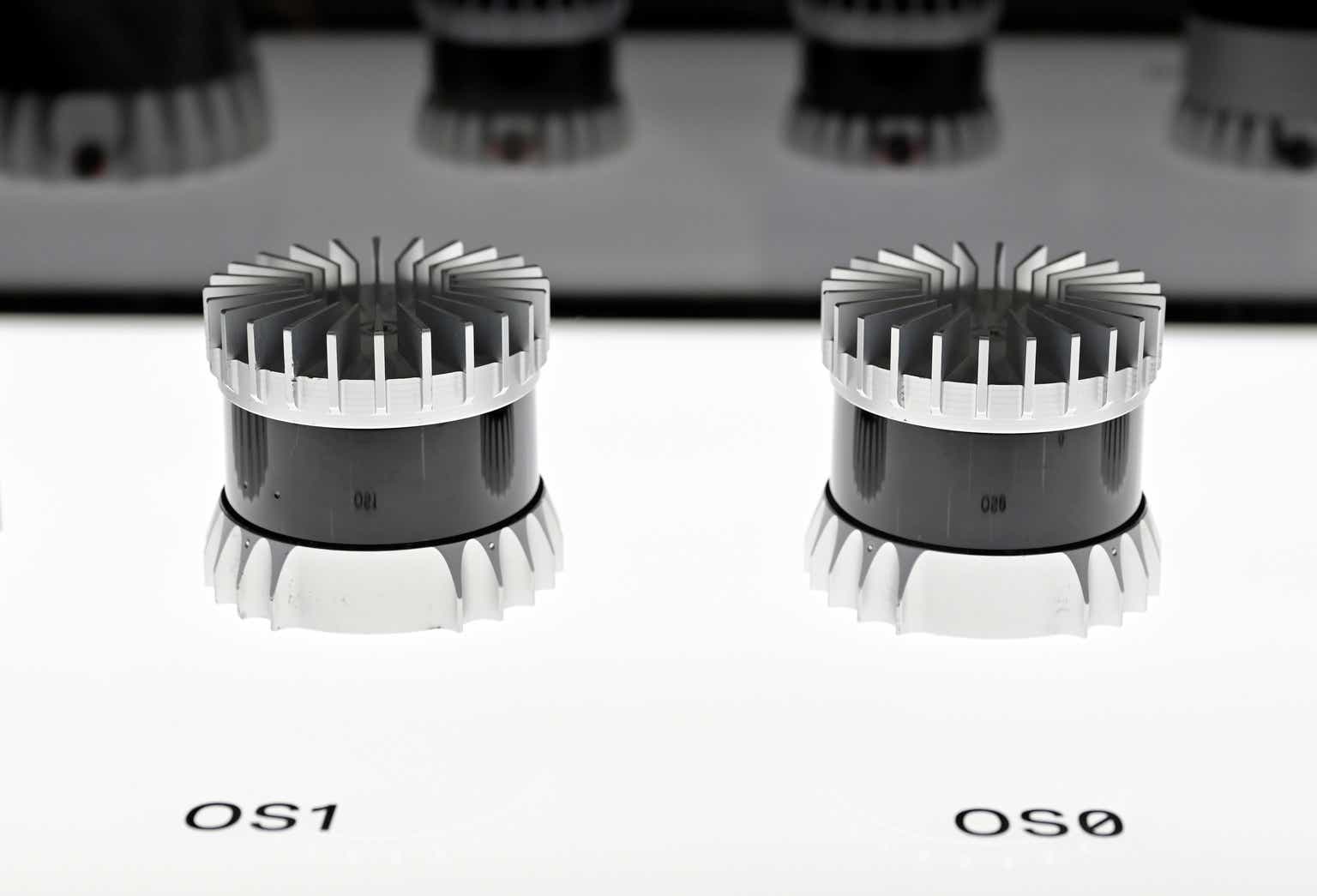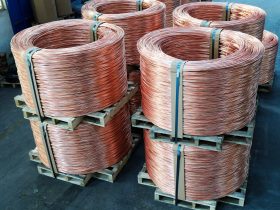Given Ouster’s (NYSE:OUST) acquisition of Velodyne in 2023, investors might struggle to regard Ouster as an affiliate of a 2020 settlement agreement to address Hesai’s (HSAI) infringement of Velodyne’s patents.
However, this was the conclusion of the International Trade Commission’s (ITC) review of the initial determination made by the Administrative Law Judge when terminating the investigation into Hesai’s infringement brought by Ouster.
The ITC investigation started by Velodyne was also terminated but at the request of Velodyne. Hesai and Velodyne settled the alleged patent infringement case. In the terms of that settlement, details can be found under the 20F filing in the section Legal Proceedings, Hesai agreed to a one-off payment of $20M to Velodyne and committed to paying annual royalties of up to $4M until 2030 for the right to sell sensors.
In the request to review the initial determination, Ouster’s legal team, Cooley LLP, argued that the arbitration clause should not bind Ouster. They contended that since only Hesai and Velodyne were the original signatories, Ouster, as a later entrant, should not be subject to its terms. However, the Commission in the review disagreed, as did the Office of Unfair Import Investigations (OUII) in its prior responses.
An Administrative Law Judge ruled in the initial determination that Ouster, as an affiliate, falls under the definition of “the party” because of the merger that occurred three years later. Consequently, the decision to terminate the investigation was grounded in a statute that grants the authority to terminate an investigation based on an arbitration agreement without requiring a determination of whether a violation has occurred.
Concurrently with the ITC investigation, Ouster initiated a patent infringement case in the district court in Delaware, which is now set to resume. The OUII has affirmed that Hesai and Ouster retain the right to challenge each other’s patents. Furthermore, OUII has even proposed that if the arbitrators do not consider the matter suitable for arbitration, Ouster can resubmit their case to the ITC. That possibility seems likely, as the prospect of arbitration summarized by Cooley appears to offer no solution:
“Ouster, an innovative U.S. company, is now being unjustly prevented from asserting its home-grown intellectual property rights in this forum against a Chinese importer until an arbitration panel in London decides, at some unknown time in the future, whether it has jurisdiction over Ouster as a non-signatory. This result is neither proper nor just.”
However, Hesai’s communication regarding the result has an entirely different tone:
“Hesai has always believed all of Ouster’s infringement allegations are baseless and lack merit. Hesai’s lidar products are independently developed, based on years of research and engineering investment, not stolen intellectual property.”
Given the comment above as an interpretation of the decision in Ouster’s ITC case, especially in the context of the previous settlement agreement with Velodyne, which Hesai funded, it compels me to examine the other assertions made in the release closely. Hesai says the following:
“On military use: Hesai lidars are designed for civilian use only. All of our products are classified as EAR99, meaning they are not suitable for military applications. To further guarantee our products’ civilian use, our sales agreements with new customers prohibit the sale of Hesai lidars to the military.
It is possible, of course for a hardware product to flow beyond the original commercial restriction or purchaser without the manufacturer’s consent and knowledge. For example, militaries around the globe might have access to American products like a smart phone or a laptop, which are then used tangentially by military actors regardless of whether the phone or laptop makers sold the products directly.
We are not aware of any such military uses of Hesai lidars.”
Indeed, Hesai’s position surprises me, especially considering the images from the Zhuhai Air Show below. I believe Chinese military equipment was prominently armed with Hesai sensors at this show.
In another example, in 2021, Hesai announced a partnership with Kodiak Robotics. The following year, in 2022, the U.S. Department of Defense awarded a $50 million contract to Kodiak Robotics to develop autonomous U.S. Army Ground Reconnaissance Vehicles. On October 10, 2023, I found a post on X by Kodiak Robotics, where I strongly suspect I identified Hesai’s sensor.

Kodiak Robotics post on X showing Hesai on the US Army Vehicle (X)
One may ask, what about the deal with Inertial Labs as announced here, and who is Inertial Labs? In the description, Inertial Labs says about itself:
Since 2001, Inertial Labs has continued to pursue and be selected for government contracts where precision aiming and navigation systems are needed. Over the last 20 years, Inertial Labs has been awarded numerous SBIR and BAA contracts, leading to three programs of record and twice labeled an SBIR success story.
In short, Inertial Labs is a U.S. government contractor, including military use.
I find myself puzzled by assertions that there are no military applications involved. The concern here is not necessarily the military utility of these products but rather the question of whether Hesai, as it asserts, genuinely lacks awareness of these potential applications. This, in turn, gives me a reason to examine more statements.
There is a statement from Hesai about government control and investment. Hesai says the following:
Hesai has zero investment from any government or sovereign funds —— Hesai is a commercial entity supported by customers seeking the very best lidar technology. The Chinese government and the Chinese Communist Party have had absolutely no intervention in Hesai’s operations or management. Hesai is a publicly traded, private company that makes its own business decisions in the best interest of its employees and shareholders.
Yet, in the most recent 20F submission with the SEC, the following statement is found:
“The PRC government has significant authority in regulating our operations and may influence or intervene in our operations at any time. Actions by the PRC government to exert control over offerings conducted overseas by, and foreign investment in, China-based issuers could significantly limit or completely hinder our ability to offer or continue to offer securities to investors and cause the value of such securities to significantly decline or be worthless.”
And from the same paragraph:
“The PRC government has significant oversight and discretion over our business operation, and it may influence or intervene in our operations at any time as part of its efforts to enforce mainland China law, which could result in a material adverse change in our operations and the value of our ADSs.”
I believe Hesai’s news release counters its SEC filings, raising significant concerns about what would happen if the Chinese government decided to use Hesai products other than for the described purposes. Just because it has not intervened yet, it does not mean it will not or cannot. Moreover, the description of the PRC Government defines China’s political system as:
“Based on a system of people’s congress within the parameters of a Marxism–Leninist state, in which the ruling Chinese Communist Party enacts its policies through people’s congresses.”
In my view, this description unequivocally suggests the Chinese Communist Party does have substantial authority over Hesai if it chooses to, as admitted in their SEC filings, conflicting with the statements in their news release. Based on the above, I think Hesai’s depiction of itself as an American company has been challenged.
Ouster had concerns about the trade of lidar equipment for some time. In 2022, Ouster allocated $450,000 for lobbying efforts related to importing and exporting LIDAR sensors. In 2023, $370,000 was spent on the same issues as part of the 2024 National Defense Authorization Act. Angus Pacala’s statements reflect on this in the post summary of ITC action in the Ouster’s news release:
“The global lidar industry relies on fair competition, and I.P. must be protected. Lidar is a critical technology used across our nation’s infrastructure from traffic systems to the vehicles we drive. Critical technology needs to be trusted technology, and Ouster is dedicated to promoting the responsible and ethical use of lidar.”
There is no doubt the news releases from Hesai offer the company’s view of the subject; however, looking at those examples, I think investors may not be getting the whole picture.
Nevertheless, Ouster faces a formidable battle ahead, with no state support and relying solely on its resources and capabilities. Others claim state support is available to Hesai. Ouster’s claims of Hesai’s infringement will be examined in Delaware district court, but the arbitration initiated by Hesai in May has made no significant progress as Ouster had already anticipated. Moreover, Ouster must navigate the challenge of seeing several companies in the U.S., including Kodiak Robotics, which appears to use Hesai products without concern for Ouster’s claims. This complex reality underscores the difficulty of investing in Ouster at this stage, especially as we await Q3 results.
I maintain my investment in Ouster, driven by my belief in the potential of digital lidar technology and the company’s commitment to ethical and transparent development in this field. The market response to the ITC decision to sell shares on weakness has underscored Ouster’s challenge in countering Hesai’s aggressive campaign. Nevertheless, Ouster does possess an opportunity to showcase its capabilities, beginning with the forthcoming Q3 results. The company has revenue, and the revenue is expected to grow. It has over $200M in cash. Out of all Western lidar companies, Ouster has one of the longest cash runways, which will be the topic of my Q3 review, but a summary of the industry from Q2 I have written is available here.
As the company moves forward, it may be prudent for Ouster to reconsider its market communication and investor relations approach. Providing greater detail and more frequent updates could help bolster investor confidence and align stakeholders with the company’s vision. Investors are not just onlookers; they are deeply invested in the company’s future. This dedicated group has weathered the ups and downs alongside Ouster and remains committed to supporting the company throughout its ongoing legal battles.
Read the full article here








Leave a Reply